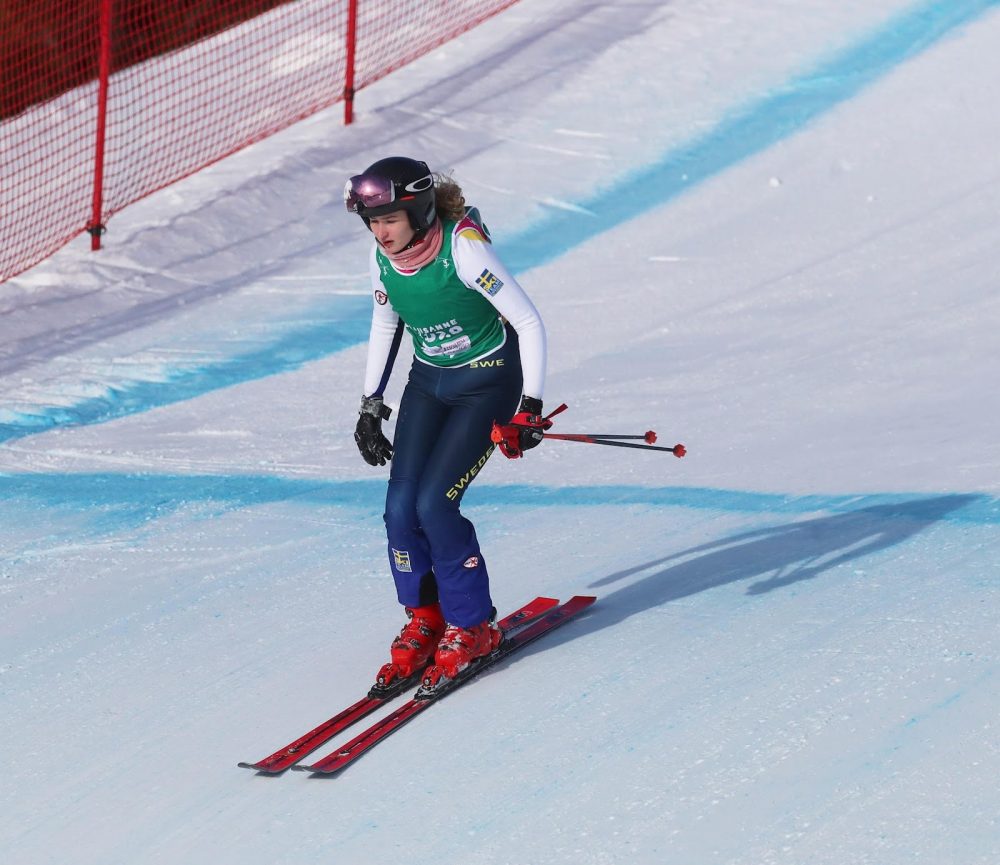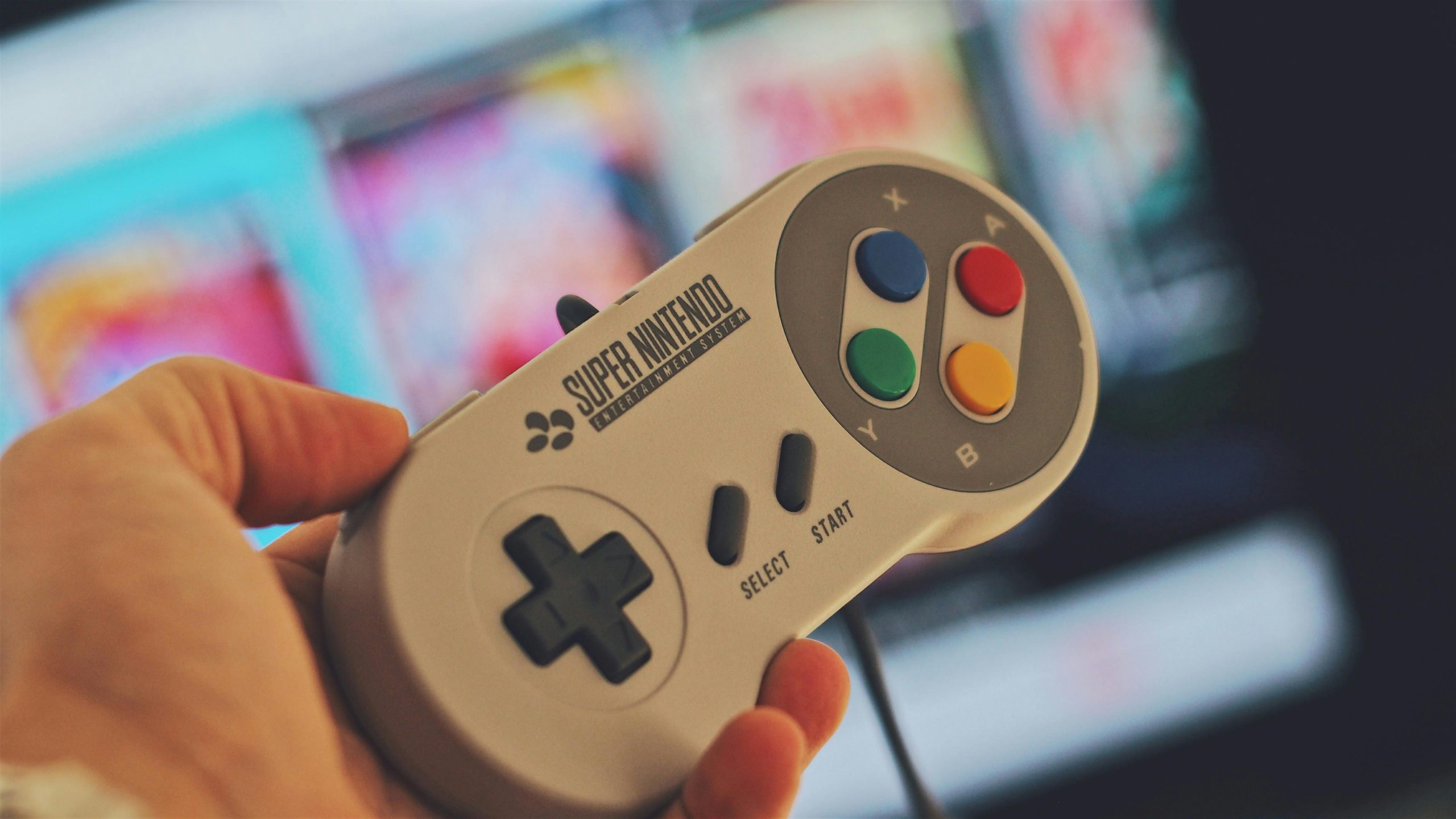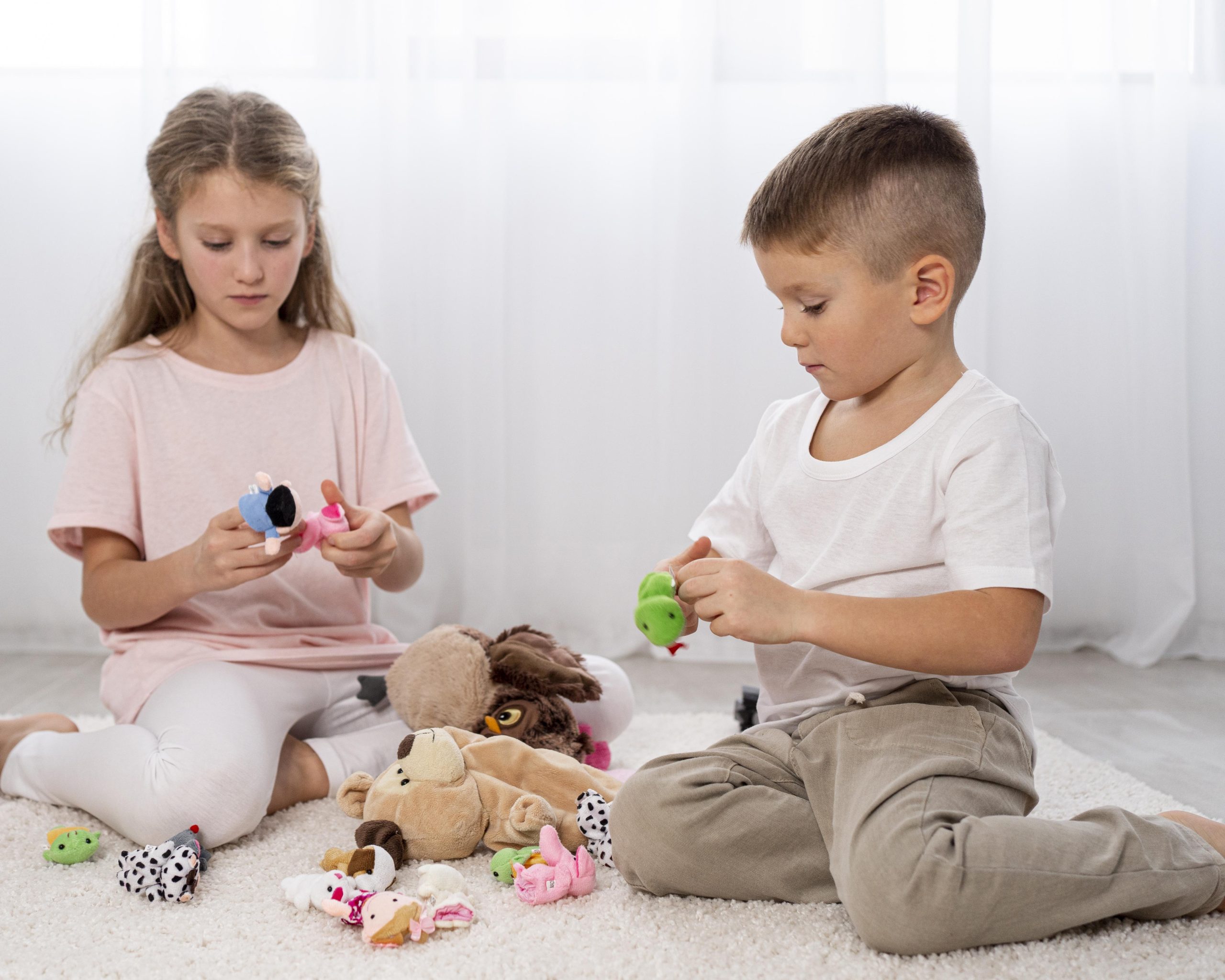Skiing is a skill that can be downhill and off-road when found. As simple as the concept is, it is clear that it is much more difficult to improve. Spend thirty seconds in a day on skis improving your skiing skills by performing one of the following simple exercises:
One of the first things I learned during teacher training was that there are four basic skills on skiing: balance, wings, spin and thrust. In ski lessons I have learned that other skills don’t involve many skills without the right balance. Most of the problems I see in people – well, most of the problems I have – come from a bad balance.
It doesn’t seem difficult, we are all directly involved in skiing. Is not enough? Unbalanced skiing is a skill in itself. Standing on the edge of a steep hill, thin pieces of wood in front of your feet will give you a sense of security and control as you bend and lean towards the hill. But this is the worst case scenario.
First, we will show why this is the problem.
Go to a shallow ski area where you are safe.
Continue as long as you feel comfortable.
Now try to lift one leg.
Bend over the ski and try to lift the other leg.
Difficult, right? It is difficult to carry the weight on one side of the body when you are not in the middle of the ski. And if you can’t shift your weight, you can’t bring it back.
Let’s fix it now.
Jump slightly on the skis. There you are, now you are focused.
Notice how your body sits when you land. The skis are shoulder-width apart and slightly bent at the knees and ankles. Now try to lift one leg. Much easier now. When skiing, I regularly do solo jumps to return to the center.
Imagine someone tying a thread to their body and pulling it to pull their buttocks up and forward. You should be able to form a straight line between the shoulders, front legs and toes.
Good luck with your next day of skiing.
Snow falls in the lost canyons and fills the resort with skiers. When things go uphill but not downhill, it’s up to Mina Park’s ski instructor to look for a blizzard. What he discovers will change the city forever. Even if I don’t believe in myth, I believe in murder.
As a ski instructor, I have a seat in the parent’s chair for parents who teach skiing and chaos to their children. I see some of the same children the next day when the parents find that they are beyond their means. Even if you plan on taking your kids to ski school most of the time, these skiing tips will help you spend some time skiing with you.
Here are five tips to make your day better and not cry – you or me.
ERROR 5: Remove them from the correct surface
In one season, I saw two dads skating at the start of a green race for the first time. These kids had never skied this much before and had a deep green, icy slope. The fathers accepted that green simply means. Green doesn’t mean the first year for beginners, and it certainly isn’t easy for beginners. Start with the residence and go to the traffic areas.
The next day, I was in the elevator and looked down to see a father tying a wedge with his son’s skipper. The problem with this scene: you were parked in a big competitive blue. If your child needs another whirlpool to get married, he goes back to class.
I know you are bored. They have guided countless children downhill and around the cones. If you need to lift and pull the rope again, insert the mechanism rod to prevent this. It’s your day off and when you can’t take a proper ride, life is unfair.
MISTAKE 4: Let them escape
Imagine: your son is five on his second day in the mountains and turns and stops. You catch him in the steepest terrain, absolutely convinced of his abilities. Stand behind him to protect him. When he goes down the steepest part he doesn’t turn around. His speed increases and you write “pizza” but instead he takes his skis and explodes downhill. You’re looking for it, but the fence finds it first.
When you reach him, he cries and screams, trembling but otherwise unharmed. You feel guilty for not protecting your daughter. This is a small mistake, but you usually avoid
Depending on your abilities and age, it’s usually a good idea for your child to follow you at all times. And not just because you’re more likely to catch them when they fall out of the way. For many children it is obviously not a question of turning and turning. So if they’re scared or stepping into a steeper landscape, they go straight downhill. And the faster you go, the less likely you are to regain control.
When you stand in front of them, you guide them. You have to turn around and ask them to follow in their footsteps. And even without asking them, they are subconsciously copying what you are doing.
Always be careful what you do. Make sure your lines are wide enough and loose enough for your toddler to drive. Pay attention to the mountain and the people in front of you so that you can guide your child over obstacles. For this reason I don’t use belts in my classes. As a result, children have bad habits such as taking advantage of themselves to avoid sitting and flying.
By the way, children can ski very fast. When you see a lot of them in the mountains and along the dikes, it’s easy to forget that your little seasonal skier doesn’t have the maturity or the instinct to make the right decisions in the mountains. They still want you to be an adult, no matter how hard it is.
MISTAKE 3: Early delivery of children to Poland
I saw children (including adults) throwing their sticks from behind then. They just lowered the bars before crossing the plain or before using them as a brake. There is so much wrong with this case.
If their rods go in, they go too far. A skier cannot turn or roll properly with his weight on his heels. The sticks can also get stuck in the snow and pull the chickens down. If they use them to stop or stand, they have no control or injury.
I know children love fishing rods. They see other skiers around and they look as fun as they ask. And I know you’re sick of dragging the kids behind your apartments and waiting for them to arrive because you only have two hands but three kids. But if you do something they deserve, they’ll go away faster.
But for love, don’t take it with you. Teach them the right place and use it. And when your kid goes back to the corner or uses them as shapes, remove the bars. Repeat to get your child to repeat: “The sticks must be served.
I’ll start with those who have their own rods but don’t use them. Hands should be facing forward, baskets facing back. Once this is established, we will begin working with older people. There is no rush in this process.
MISTAKE 2: don’t laugh
Skiing is a party, right? Of course, children should exercise this right from the start. You’ve spent a lot of money just on gears, clothes and passports, so why are they crying?
Guess what! Children don’t always know that skiing is fun. You know it’s cold; they know it’s new; they know it’s scary.
Children have time to ski. They have a huge learning curve to overcome. The first day I have children in the snow, I not only teach them to ski, sing songs, throw snowballs, play and feel comfortable and happy. We also take breaks. An hour of running for a three-year-old’s first day, a few hours for a four-year-old with a break in between, and more for the older ones but with breaks everywhere.
MISTAKE 1: Teaching yourself
Remember, some parents can’t teach their kids to ski at all. However, many adults who have been skiing for years forget how difficult it can be to learn and don’t know how to ski as a learning experience. Screaming “pizza” while the baby rolls uncontrollably downhill doesn’t help, but some parents know how to do it.
Here are some good questions to ask yourself before studying:
1.Do you want to be happy and patient all day and maybe several days in Rabbit Hill?
2.Do you have the option to offer more than “pizza” or “french fries”?
3.Can you reverse even if it’s very slow?
4.Can you set expectations for how quickly you want your child to learn? Yes, my son doesn’t need sharp edges. My baby is in the elevator before lunchtime.
5.Can you accept that fun is the most important result of the day?
If you can answer yes to all of these questions, you may have the opportunity to teach your child to ski. But while you can teach your child to ski, there is a lot to be said about being a parent and teacher. Sometimes children are more sensitive to a bully character and can appear more quickly when they see their friends. A few days at the ski school he can go up a few levels and hit the slopes with the rest of the family.
More about this source textSource text required for additional translation information
Send feedback
Side panels
History
Saved
Contribute






